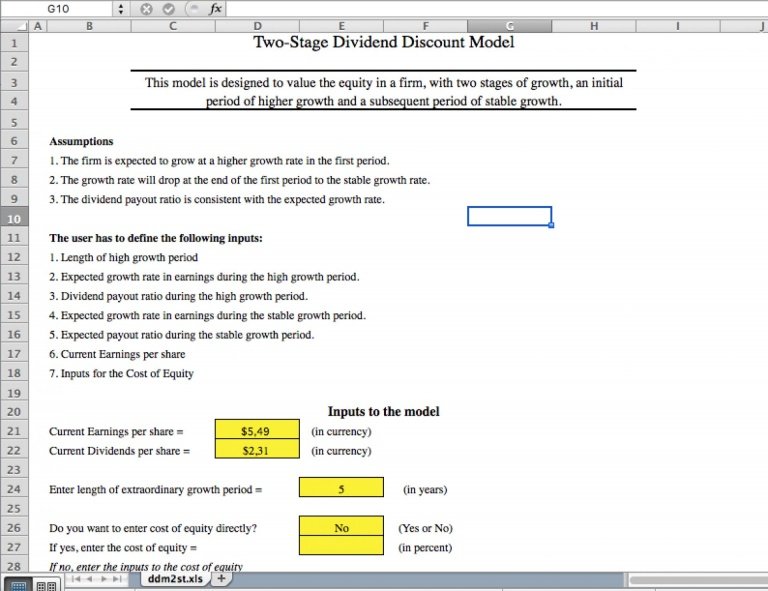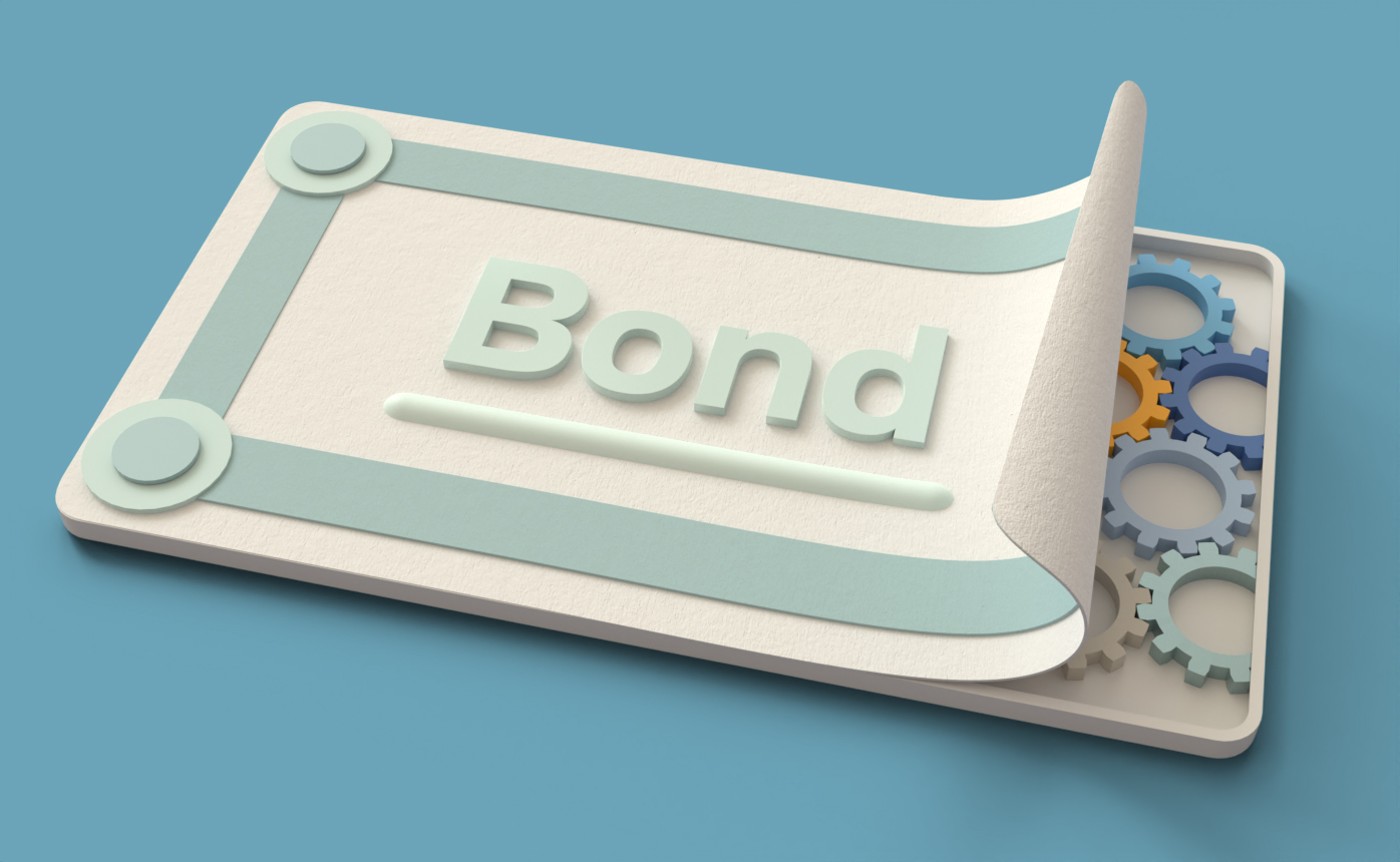
You need to take into account several factors before you invest in dividend-growing stocks. Dividend risk scores should never exceed 'C' and investors must have a plan for positive growth in earnings over the next five-years. Stocks that pay a higher dividend rate than the S&P 500 Index are considered to be the best dividend growth stocks. This article will talk about the best stocks in Consumer Discretionary, including NKE. Target and Cigna also featured.
NKE is the number one stock in the Consumer Discretionary segment.
The Consumer Discretionary category includes goods and service such as clothing and restaurant, and travel. These stocks do well in times of economic growth but suffer during periods of economic decline. This sector is home to several top performers such as NKE. The company's dividend growth rate has been one of its strongest points, and its recent earnings increase has been particularly encouraging.
As a dividend growth stock, Nike is a popular holding in both Vanilla and Active ETFs. Broad-based ETFs typically hold a higher percentage of Nike shares, and the best performing ETF with NKE holdings is the Fidelity High Dividend ETF (FDX).

Sheng Siong
Sheng Siong is a great choice for investors looking for steady dividend payments. Since 2011, this Singaporean bank has increased its dividend payout each year. The company also has a track record of increasing it year after year. The company pays its dividends twice a calendar year. It sends a final dividend in February and an interim in May. Since 2015, the company pays over 11 percent annually. Its dividend has increased from 2.75 Singaporecents per share in 2012.
Investors also have steady growth in dividends through the Sheng Siong family of companies. The company has 63 stores in Singapore and recently began expanding to China. Despite recent announcements by Singapore authorities of tightening, the company's shares rose 11% on May 14. The dividend yield will be higher than that of the Singapore stock exchange. Before investing in Sheng Siong you should read through the financial statements.
Target
Target is a great choice if your goal is to generate steady cashflow and boost your dividend payout. Target's dividend payouts are more than doubled and Target's cash flow is strong. The company has paid out $1 billion in dividends and generated $5.4 billion in cash flow over the last five years. Our Dividend Growth Stocks Model Portfolio has more information about this stock.
Target, a discount retail giant has recently announced a 20.0% raise in its quarterly distribution. The company has enjoyed a 55-year streak of dividend growth. It is the nation’s largest general merchandise discounter and competes directly with Amazon, Costco and Walmart when it comes down to consumer spending. Target's focus is on quality and affordability. Target's stock prices have risen by more than 20% over the last year making it a solid choice for investors seeking dividend growth.

Cigna
Investing in Cigna dividend growth stocks can help you achieve the income you want without having to spend much money on the stock. The company's dividend payout rate is quite low in comparison to other stocks, which could be good news if they believe in long-term development. According to the company, its last dividend payment was 22 June 2022. Any shareholders who purchased the stock after that date will also receive a payout.
The company is divided into two segments, Evernorth and Cigna Healthcare. Evernorth offers healthcare services and pharmacy benefits management solutions (PBM) to customers. The healthcare sector includes products related to medical and dental care. Evernorth focuses primarily on U.S. Government and corporate business. Cigna Healthcare offers health insurance products in the United States and international services.
FAQ
What is security?
Security is an asset that produces income for its owner. Most security comes in the form of shares in companies.
Different types of securities can be issued by a company, including bonds, preferred stock, and common stock.
The earnings per shared (EPS) as well dividends paid determine the value of the share.
You own a part of the company when you purchase a share. This gives you a claim on future profits. You will receive money from the business if it pays dividends.
Your shares can be sold at any time.
Who can trade on the stock exchange?
Everyone. However, not everyone is equal in this world. Some have greater skills and knowledge than others. They should be recognized for their efforts.
Trading stocks is not easy. There are many other factors that influence whether you succeed or fail. If you don’t know the basics of financial reporting, you will not be able to make decisions based on them.
So you need to learn how to read these reports. You need to know what each number means. And you must be able to interpret the numbers correctly.
This will allow you to identify trends and patterns in data. This will assist you in deciding when to buy or sell shares.
This could lead to you becoming wealthy if you're fortunate enough.
How does the stock markets work?
By buying shares of stock, you're purchasing ownership rights in a part of the company. A shareholder has certain rights over the company. He/she can vote on major policies and resolutions. He/she may demand damages compensation from the company. He/she can also sue the firm for breach of contract.
A company cannot issue any more shares than its total assets, minus liabilities. It is known as capital adequacy.
Companies with high capital adequacy rates are considered safe. Companies with low ratios of capital adequacy are more risky.
What is a "bond"?
A bond agreement between 2 parties that involves money changing hands in exchange for goods or service. Also known as a contract, it is also called a bond agreement.
A bond is usually written on a piece of paper and signed by both sides. The document contains details such as the date, amount owed, interest rate, etc.
The bond can be used when there are risks, such if a company fails or someone violates a promise.
Bonds are often used together with other types of loans, such as mortgages. This means that the borrower must pay back the loan plus any interest payments.
Bonds can also be used to raise funds for large projects such as building roads, bridges and hospitals.
The bond matures and becomes due. This means that the bond owner gets the principal amount plus any interest.
Lenders are responsible for paying back any unpaid bonds.
Statistics
- "If all of your money's in one stock, you could potentially lose 50% of it overnight," Moore says. (nerdwallet.com)
- Ratchet down that 10% if you don't yet have a healthy emergency fund and 10% to 15% of your income funneled into a retirement savings account. (nerdwallet.com)
- US resident who opens a new IBKR Pro individual or joint account receives a 0.25% rate reduction on margin loans. (nerdwallet.com)
- Our focus on Main Street investors reflects the fact that American households own $38 trillion worth of equities, more than 59 percent of the U.S. equity market either directly or indirectly through mutual funds, retirement accounts, and other investments. (sec.gov)
External Links
How To
How to open a trading account
First, open a brokerage account. There are many brokers out there, and they all offer different services. There are many brokers that charge fees and others that don't. Etrade (TD Ameritrade), Fidelity Schwab, Scottrade and Interactive Brokers are the most popular brokerages.
After you have opened an account, choose the type of account that you wish to open. You can choose from these options:
-
Individual Retirement accounts (IRAs)
-
Roth Individual Retirement Accounts
-
401(k)s
-
403(b)s
-
SIMPLE IRAs
-
SEP IRAs
-
SIMPLE 401 (k)s
Each option has different benefits. IRA accounts provide tax advantages, however they are more complex than other options. Roth IRAs permit investors to deduct contributions out of their taxable income. However these funds cannot be used for withdrawals. SEP IRAs are similar to SIMPLE IRAs, except they can also be funded with employer matching dollars. SIMPLE IRAs require very little effort to set up. They enable employees to contribute before taxes and allow employers to match their contributions.
Finally, determine how much capital you would like to invest. This is called your initial deposit. Most brokers will offer you a range deposit options based on your return expectations. Depending on the rate of return you desire, you might be offered $5,000 to $10,000. This range includes a conservative approach and a risky one.
After deciding on the type of account you want, you need to decide how much money you want to be invested. Each broker has minimum amounts that you must invest. These minimums can differ between brokers so it is important to confirm with each one.
You must decide what type of account you want and how much you want to invest. Next, you need to select a broker. Before you choose a broker, consider the following:
-
Fees: Make sure your fees are clear and fair. Brokers will often offer rebates or free trades to cover up fees. Some brokers will increase their fees once you have made your first trade. Avoid any broker that tries to get you to pay extra fees.
-
Customer service: Look out for customer service representatives with knowledge about the product and who can answer questions quickly.
-
Security – Choose a broker offering security features like multisignature technology and 2-factor authentication.
-
Mobile apps - Check if the broker offers mobile apps that let you access your portfolio anywhere via your smartphone.
-
Social media presence - Find out if the broker has an active social media presence. It may be time to move on if they don’t.
-
Technology - Does the broker use cutting-edge technology? Is the trading platform user-friendly? Are there any issues when using the platform?
Once you have selected a broker to work with, you need an account. Some brokers offer free trials, while others charge a small fee to get started. After signing up, you'll need to confirm your email address, phone number, and password. Next, you'll have to give personal information such your name, date and social security numbers. Finally, you will need to prove that you are who you say they are.
After your verification, you will receive emails from the new brokerage firm. These emails contain important information and you should read them carefully. You'll find information about which assets you can purchase and sell, as well as the types of transactions and fees. You should also keep track of any special promotions sent out by your broker. These could be referral bonuses, contests or even free trades.
Next, open an online account. Opening an online account is usually done through a third-party website like TradeStation or Interactive Brokers. These websites can be a great resource for beginners. When you open an account, you will usually need to provide your full address, telephone number, email address, as well as other information. After all this information is submitted, an activation code will be sent to you. This code is used to log into your account and complete this process.
Now that you have an account, you can begin investing.